Home>Articles>What Is The Difference Between A Humidifier And A Dehumidifier
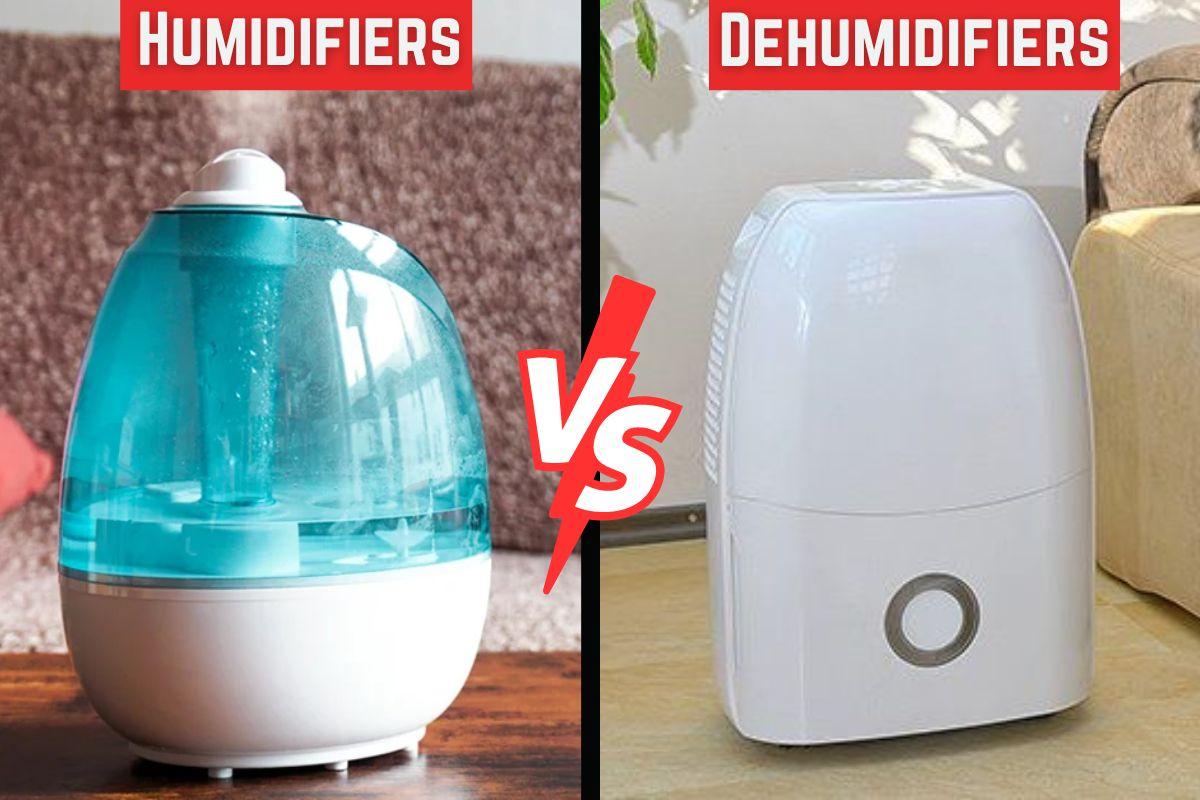

Articles
What Is The Difference Between A Humidifier And A Dehumidifier
Modified: January 7, 2024
Discover the key differences between a humidifier and a dehumidifier in this informative article. Understand how these devices can impact your indoor air quality and choose the right one for your needs.
(Many of the links in this article redirect to a specific reviewed product. Your purchase of these products through affiliate links helps to generate commission for Storables.com, at no extra cost. Learn more)
Introduction
When it comes to optimizing our indoor environments for comfort and health, we often rely on various appliances to help us achieve the ideal conditions. Two such devices that play a crucial role in regulating the moisture levels in our living spaces are humidifiers and dehumidifiers.
Both humidifiers and dehumidifiers work to maintain proper humidity levels in different situations. However, they serve distinct purposes and have different functions. Understanding these differences is essential for selecting the right appliance for your needs and ensuring a comfortable and healthy living environment.
In this article, we will explore the purpose of humidifiers and dehumidifiers, how they work, and the key differences between them. We will also discuss the benefits of using each device and offer guidance on choosing the right one for your specific requirements.
Whether you are frequently battling dry air or excess moisture in your home or office, read on to gain a comprehensive understanding of humidifiers and dehumidifiers and discover how they can enhance your indoor environment.
Key Takeaways:
- Humidifiers add moisture to dry air, relieving dry air symptoms, preserving belongings, and improving comfort. Dehumidifiers, on the other hand, remove excess moisture, preventing mold growth, allergies, and structural damage.
- When choosing a humidifier or dehumidifier, consider factors such as room size, maintenance, noise levels, and energy efficiency. Proper maintenance and choosing the right appliance can create a comfortable and healthier indoor environment.
Purpose of Humidifiers
Humidifiers are appliances designed to increase and maintain the moisture levels in the air. They are particularly beneficial in dry climates or during the winter season when indoor air tends to become dry due to heating systems and low humidity levels.
The main purpose of humidifiers is to add moisture to the air, which offers several advantages. First and foremost, they help alleviate dry air symptoms, such as dry skin, dry throat, and chapped lips. By increasing the humidity levels, humidifiers can provide relief to individuals suffering from respiratory conditions like asthma and allergies, as dry air tends to exacerbate these conditions.
Besides improving comfort, humidifiers have positive effects on the structural integrity of homes and other buildings. Dry air can cause wooden furniture, flooring, and musical instruments to crack or warp. By maintaining optimal humidity levels, humidifiers can prevent these issues and preserve the longevity of such materials.
In addition to personal health and home preservation, humidifiers also play a role in reducing static electricity. Dry air tends to create static, leading to uncomfortable shocks and a buildup of harmful static charges. Humidifiers help to neutralize static electricity, creating a more comfortable and safer environment.
Overall, the purpose of humidifiers is to increase moisture levels in the air, providing numerous benefits such as improved comfort, relief from dry air symptoms, preservation of belongings, and reduction of static electricity.
Purpose of Dehumidifiers
While humidifiers are used to add moisture to the air, dehumidifiers serve the opposite purpose—they are designed to reduce and maintain the humidity levels in indoor spaces.
The main purpose of dehumidifiers is to remove excess moisture from the air, which can be especially beneficial in areas with high humidity or in situations where there is excessive moisture buildup, such as after a flood or in basements and bathrooms.
Excess humidity can lead to a range of problems, including the growth of mold, mildew, and dust mites. These microorganisms thrive in moist environments, and their presence can trigger allergies and respiratory issues. By reducing humidity levels, dehumidifiers can help prevent the growth of these allergens and create a healthier living environment.
High humidity also promotes the development of musty odors and can cause damage to furniture, clothing, and other possessions. By effectively removing excess moisture, dehumidifiers can help eliminate these unpleasant odors and prevent the deterioration of materials due to mold or mildew.
In addition to improving indoor air quality, dehumidifiers can also enhance energy efficiency. Excessive humidity makes the air feel warmer and can lead to increased use of air conditioning. By reducing humidity levels, dehumidifiers allow the air conditioner to work more efficiently and help save on energy consumption and costs.
Overall, the purpose of dehumidifiers is to reduce excess moisture in the air, preventing the growth of allergens, eliminating musty odors, safeguarding belongings, and improving energy efficiency.
How Humidifiers Work
Humidifiers work by adding moisture to the air to increase humidity levels. There are several different types of humidifiers, each employing a different mechanism to achieve this goal.
One common type of humidifier is the evaporative humidifier. These devices consist of a reservoir of water, a wick or filter, and a fan. The fan blows air over the wet wick, causing the water to evaporate and release moisture into the air. The moisture is then dispersed throughout the room, increasing the humidity levels.
Another type of humidifier is the ultrasonic humidifier. These devices use ultrasonic vibrations to create a fine mist of water droplets. The mist is then released into the air, increasing the moisture content. Ultrasonic humidifiers are often quiet and efficient in operation.
Steam humidifiers, also known as vaporizers, generate steam by heating water. The steam is then released into the air, increasing humidity levels. Steam humidifiers can be particularly effective in areas with cold climates, as the released steam can also provide some additional warmth.
There are also whole-house humidifiers, which are connected to the heating and cooling systems of a building. These humidifiers distribute moisture throughout the entire house, maintaining consistent humidity levels across multiple rooms.
No matter the type, humidifiers require regular maintenance to ensure optimal performance. This includes cleaning the unit, changing filters, and monitoring humidity levels to avoid excessive moisture in the air.
In summary, humidifiers work by adding moisture to the air through mechanisms such as evaporation, ultrasonic vibrations, or steam generation. By increasing humidity levels, these devices help alleviate dry air symptoms, improve comfort, and create a healthier indoor environment.
How Dehumidifiers Work
Dehumidifiers are designed to remove excess moisture from the air, helping to maintain optimal humidity levels. They operate using different technologies, but the primary goal remains the same: to reduce and control humidity in indoor spaces.
One common type of dehumidifier is the refrigerative dehumidifier. These devices work similarly to air conditioners. They use a refrigeration cycle that involves a compressor, condenser, evaporator, and a fan. The humid air is drawn into the dehumidifier, and it passes over the cold evaporator coils. As the air cools, the moisture in the air condenses on these coils, forming droplets that collect in a reservoir or drain away. The dehumidifier then releases the drier, cooled air back into the room.
Another type of dehumidifier is the desiccant dehumidifier. These units use a desiccant material, such as silica gel or activated carbon, to absorb moisture from the air. The moist air is passed over the desiccant, which attracts and absorbs the moisture, leaving the air drier. Desiccant dehumidifiers are often used in applications where lower humidity is necessary, such as in industrial settings or for drying applications.
There are also whole-house dehumidifiers that are integrated into the central heating and cooling system. These units work in conjunction with the HVAC system to remove excess moisture from the entire home, offering a more comprehensive solution for maintaining humidity levels.
Regardless of the type, dehumidifiers often have adjustable settings to control the desired humidity level. Some models have built-in hygrometers that measure the humidity in the air and automatically adjust the dehumidifier’s operation to maintain the set humidity level.
Regular maintenance is essential to ensure the proper functioning of dehumidifiers. This includes emptying or draining the water reservoir, cleaning or replacing filters, and regularly monitoring the humidity levels to prevent excessive dryness.
In summary, dehumidifiers work by removing excess moisture from the air through refrigeration or desiccant technologies. By reducing humidity levels, these devices help prevent mold and mildew growth, eliminate musty odors, protect belongings, and create a more comfortable and healthy indoor environment.
Key Differences between Humidifiers and Dehumidifiers
While both humidifiers and dehumidifiers are appliances that regulate moisture levels in indoor spaces, they have distinct purposes and functions. Here are some key differences between humidifiers and dehumidifiers:
- Purpose: The primary purpose of humidifiers is to add moisture to dry air, increasing humidity levels. On the other hand, dehumidifiers work to remove excess moisture from the air, reducing humidity levels.
- Function: Humidifiers work by dispersing moisture into the air through mechanisms like evaporation or ultrasonic vibrations. Dehumidifiers, on the other hand, typically use refrigeration or desiccant technologies to extract moisture from the air.
- Climate Considerations: Humidifiers are more commonly used in dry climates or during the winter season when indoor air tends to become dry. Dehumidifiers are often utilized in areas with high humidity levels or in situations where there is excessive moisture buildup, such as after a flood or in basements.
- Health Effects: Humidifiers can alleviate dry air symptoms, provide relief for respiratory conditions, and prevent damage to skin and mucous membranes. Dehumidifiers help reduce allergens, such as mold and dust mites, which thrive in humid environments, providing relief for individuals with respiratory allergies.
- Home Preservation: Humidifiers can help preserve wooden furniture, flooring, and musical instruments by preventing cracking or warping caused by dry air. Dehumidifiers aid in preventing mold growth, musty odors, and damage to belongings caused by excessive moisture.
- Energy Efficiency: Humidifiers do not directly impact energy efficiency, while dehumidifiers can improve energy efficiency by reducing the need for excessive use of air conditioning and reducing the workload on cooling systems.
Understanding these key differences is essential for selecting the right appliance for your specific needs. Whether you need to add moisture to dry air or reduce excess humidity, choosing the appropriate device will help create a comfortable and healthy indoor environment.
A humidifier adds moisture to the air, while a dehumidifier removes moisture. Use a humidifier in dry climates or during winter, and a dehumidifier in humid climates or to prevent mold and mildew.
Benefits of Using a Humidifier
Using a humidifier in your indoor environment can provide several benefits for your health and overall well-being. Here are some of the key advantages of using a humidifier:
- Relieves Dry Air Symptoms: Humidifiers add moisture to the air, alleviating dryness in your skin, lips, and nasal passages. This can help prevent issues like dry and itchy skin, chapped lips, dry throat, and nasal congestion.
- Aids Respiratory Health: Increasing humidity levels with a humidifier can provide relief for individuals with respiratory conditions like asthma, allergies, or respiratory infections. The moist air can help soothe irritated airways, ease breathing, and reduce the frequency and severity of symptoms.
- Improves Sleep Quality: Dry air can cause discomfort during sleep, leading to a disturbed sleep cycle. By using a humidifier, you can create a more comfortable sleep environment, allowing for better sleep quality and reducing snoring and congestion.
- Preserves Skin Moisture: Dry air zaps moisture from your skin, leading to dryness, flakiness, and accelerated aging. With a humidifier, you can maintain optimal moisture levels in the air, preventing excessive moisture loss from your skin and promoting a healthier complexion.
- Protects Wooden Furniture and Flooring: Dry air can cause wood to crack, warp, or shrink. By using a humidifier, you can maintain the proper moisture levels in the air, helping to preserve the structural integrity of your wooden furniture, flooring, and musical instruments.
- Minimizes Static Electricity: Dry air increases static electricity, leading to more frequent shocks and an uncomfortable environment. Using a humidifier can help reduce static electricity by increasing moisture levels in the air, providing a more comfortable living environment.
It’s important to note that while using a humidifier offers numerous benefits, it’s essential to maintain proper humidity levels to avoid excessive moisture, which can lead to issues like mold growth or dust mite infestations. Regular cleaning and maintenance of your humidifier will ensure optimal performance and prevent the buildup of bacteria or mold.
By incorporating a humidifier into your indoor space, you can create a more comfortable, healthier environment, and enjoy the multitude of benefits it provides.
Benefits of Using a Dehumidifier
Using a dehumidifier in your indoor environment can offer several benefits for your health, comfort, and overall well-being. Here are some of the key advantages of using a dehumidifier:
- Prevents Mold and Mildew Growth: Excess moisture in the air can provide an ideal environment for the growth of mold, mildew, and dust mites. Using a dehumidifier helps to reduce humidity levels, making it more difficult for these allergens to thrive and protecting your home from their harmful effects.
- Improves Indoor Air Quality: High humidity levels can lead to musty odors and the release of volatile organic compounds (VOCs) from materials in your home. By reducing humidity with a dehumidifier, you can eliminate these odors, reduce the presence of VOCs, and improve the overall quality of the air you breathe.
- Allergy Relief: Dust mites, mold spores, and other common allergens often flourish in high humidity. Using a dehumidifier can help alleviate allergy symptoms by reducing these allergens’ presence in the air, offering relief to individuals with allergies.
- Prevents Structural Damage: Excessive moisture in the air can cause damage to your home’s structure, including walls, floors, and furniture. Using a dehumidifier helps to control humidity levels and prevent issues like warping, rotting, and peeling paint, preserving the integrity of your home.
- Reduces Condensation: High humidity can lead to condensation on windows, walls, and other surfaces. This condensation can promote mold growth and damage the surrounding areas. A dehumidifier can help reduce condensation by lowering humidity levels, minimizing the likelihood of mold and structural damage.
- Improved Energy Efficiency: High humidity makes the air feel warmer, causing your air conditioner to work harder to maintain a comfortable temperature. By using a dehumidifier to reduce humidity levels, you can lower the workload on your cooling system, leading to increased energy efficiency and potential cost savings.
It’s important to regularly maintain and clean your dehumidifier to ensure proper function and prevent the buildup of mold or bacteria. Additionally, it’s crucial to set your dehumidifier to an appropriate humidity level, typically between 30% and 50%, to avoid excessive dryness.
By incorporating a dehumidifier into your indoor space, you can create a more comfortable, healthier environment, and enjoy the numerous benefits it provides.
Choosing the Right Humidifier for Your Needs
When selecting a humidifier for your home or office, it’s essential to consider your specific needs and requirements. Here are some factors to consider when choosing the right humidifier:
- Room Size: Determine the square footage of the room or area that you want to humidify. Different humidifiers have varying coverage areas, so ensure that the one you choose is suitable for the size of your space.
- Type of Humidifier: Consider the different types of humidifiers available, such as evaporative, ultrasonic, or steam humidifiers. Each type has its own pros and cons, so research and choose the one that best fits your preferences and needs.
- Noise Level: If you plan to use the humidifier in a bedroom or a quiet space, consider the noise level of the device. Some humidifiers operate quietly, making them more suitable for peaceful environments.
- Maintenance: Understand the maintenance requirements of the humidifier you are considering. Some models require regular cleaning and filter replacements, while others may have more straightforward maintenance processes.
- Controls and Features: Evaluate the controls and features offered by different humidifiers. Some models may have adjustable humidity settings, timers, automatic shut-off, or built-in hygrometers to monitor and maintain optimal humidity levels.
- Use and Placement: Determine how and where you plan to use the humidifier. Consider factors such as portability, ease of refilling water reservoirs, and compatibility with your living or working environment.
It’s also important to consider potential drawbacks or concerns associated with using a humidifier, such as excessive moisture buildup or the risk of mold growth. Proper maintenance and monitoring of humidity levels can help address these concerns and ensure the effective and safe use of your humidifier.
Lastly, read reviews and compare different humidifier models to gain insights from other users’ experiences. This can help you make an informed decision and choose a reliable and high-quality humidifier that aligns with your needs.
By taking these factors into consideration, you can select the right humidifier for your specific needs, creating a more comfortable and healthier indoor environment.
Choosing the Right Dehumidifier for Your Needs
When selecting a dehumidifier for your home or office, it’s important to consider your specific needs and requirements. Here are some factors to consider when choosing the right dehumidifier:
- Room Size: Determine the square footage of the room or area that you want to dehumidify. Different dehumidifiers have varying capacities, so ensure that the one you choose is suitable for the size of your space.
- Type of Dehumidifier: Consider the different types of dehumidifiers available, such as refrigerative or desiccant dehumidifiers. Each type has its own advantages and suitability for different environments, so choose the one that best fits your needs.
- Humidity Level Control: Look for a dehumidifier that allows you to set and control the desired humidity level. Some models have adjustable settings, allowing you to customize the dehumidification process according to your specific preferences.
- Noise Level: If you plan to use the dehumidifier in a bedroom or a quiet space, consider the noise level of the device. Look for models that operate silently or have a noise-reducing feature.
- Energy Efficiency: Check the energy efficiency ratings of different dehumidifiers. Look for models that have an Energy Star certification, as these are designed to operate efficiently, saving you money on energy costs.
- Drainage Options: Consider the drainage options available with the dehumidifier. Some models have built-in water reservoirs that need to be manually emptied, while others offer continuous drainage options by connecting a hose to a nearby drain.
- Extra Features: Evaluate additional features that may be important to you, such as auto-defrost for cold environments, a digital control panel for ease of use, or a built-in humidistat to monitor and control humidity levels automatically.
It’s important to also consider potential drawbacks such as the cost of replacing or cleaning filters, or the need to regularly empty the water reservoir. Understanding and addressing these concerns can help you make an informed decision and choose a dehumidifier that suits your specific needs.
Reading customer reviews and comparing different dehumidifier models can provide valuable insights into the performance and reliability of the devices. Additionally, considering the warranty and customer support offered by the manufacturer can further ensure a positive purchasing experience.
By taking these factors into consideration, you can choose the right dehumidifier for your needs, creating a more comfortable and healthier indoor environment.
Conclusion
Humidifiers and dehumidifiers play critical roles in maintaining optimal moisture levels in our indoor environments. Understanding their purposes, how they work, and their key differences is essential for selecting the right appliance to create a comfortable and healthy living or working space.
Humidifiers are designed to add moisture to dry air, providing relief for dry air symptoms, promoting respiratory health, preventing damage to belongings, and improving overall comfort. They work by dispersing moisture into the air through mechanisms such as evaporation, ultrasonic vibrations, or steam generation.
On the other hand, dehumidifiers are intended to remove excess moisture from the air. They help prevent mold and mildew growth, allergies, musty odors, and structural damage caused by high humidity levels. Dehumidifiers operate using refrigeration or desiccant technologies to extract moisture from the air.
When choosing a humidifier or dehumidifier, it’s important to consider factors such as room size, type of device, maintenance requirements, noise levels, controls and features, and energy efficiency. By understanding your specific needs and preferences, you can make an informed decision and select the right appliance for your indoor space.
Remember to regularly maintain and clean your humidifier or dehumidifier to ensure optimal performance and prevent any potential issues like mold growth or excessive dryness.
Whether you’re looking to increase moisture levels with a humidifier or reduce excessive humidity with a dehumidifier, these devices can create a more comfortable and healthier indoor environment. By choosing the right appliance and properly maintaining it, you can enjoy the multitude of benefits they provide.
So, take control of your indoor environment and embrace the power of humidifiers and dehumidifiers to enhance your overall well-being and comfort.
Frequently Asked Questions about What Is The Difference Between A Humidifier And A Dehumidifier
Was this page helpful?
At Storables.com, we guarantee accurate and reliable information. Our content, validated by Expert Board Contributors, is crafted following stringent Editorial Policies. We're committed to providing you with well-researched, expert-backed insights for all your informational needs.




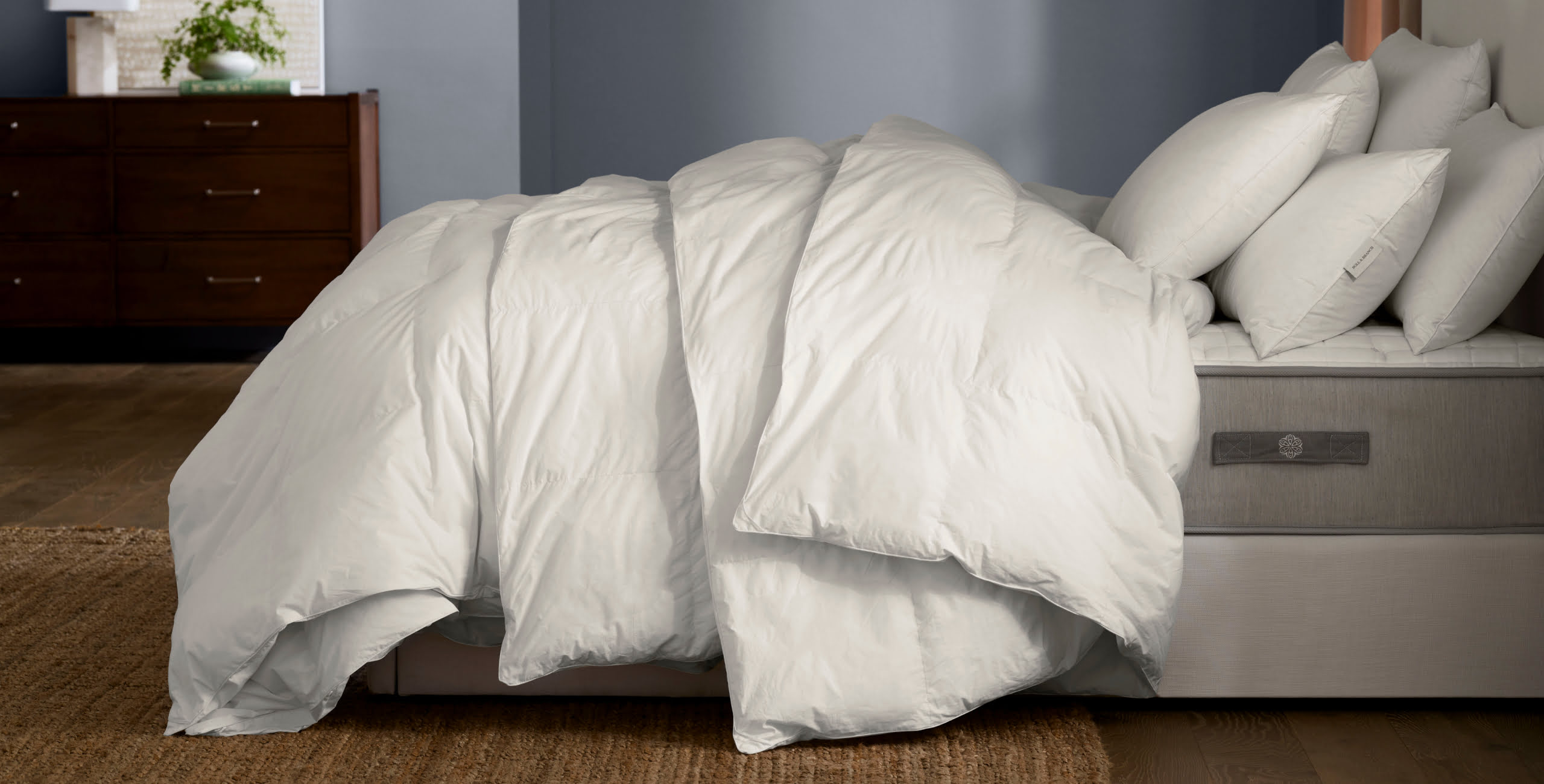

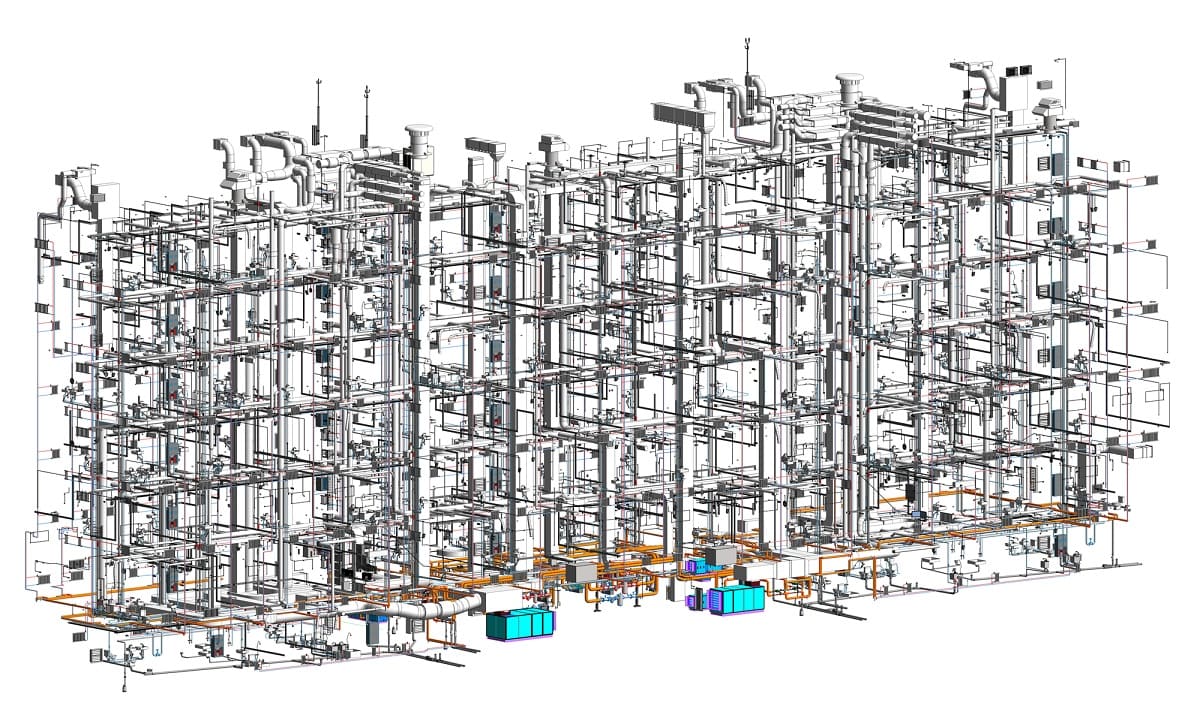

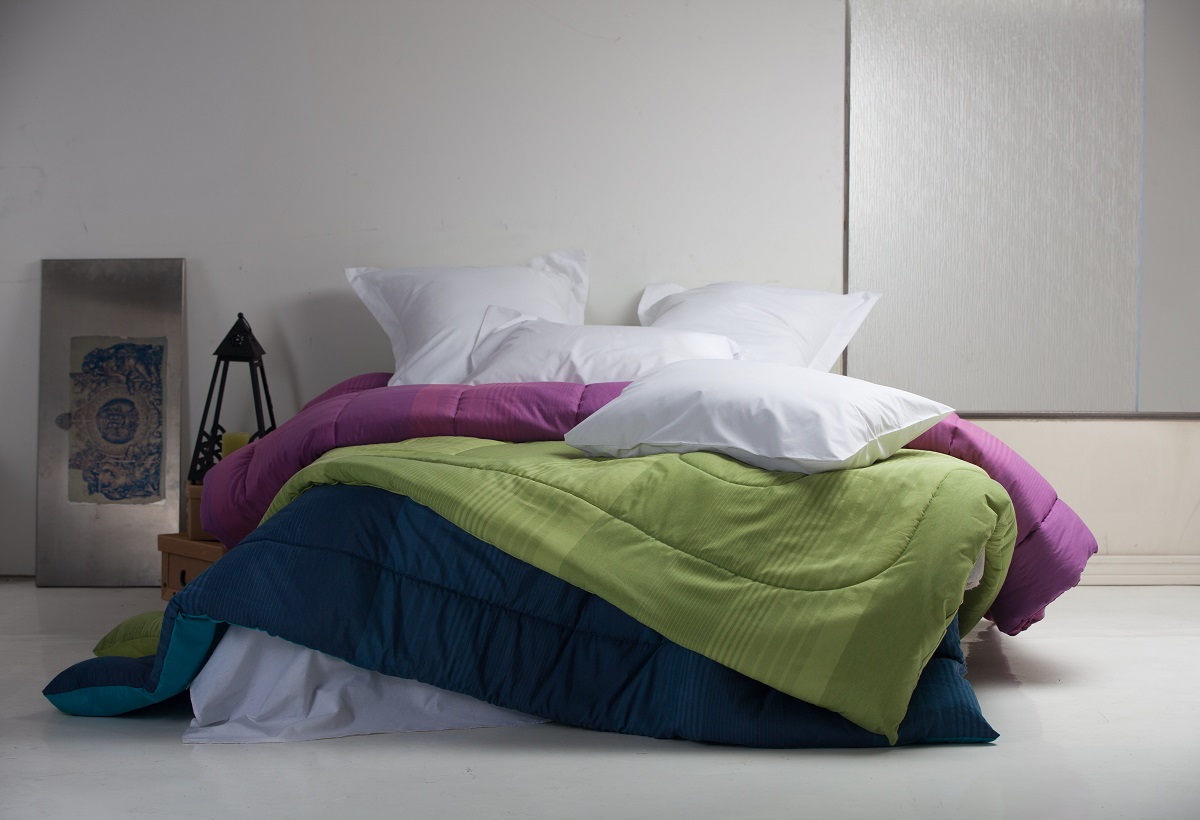



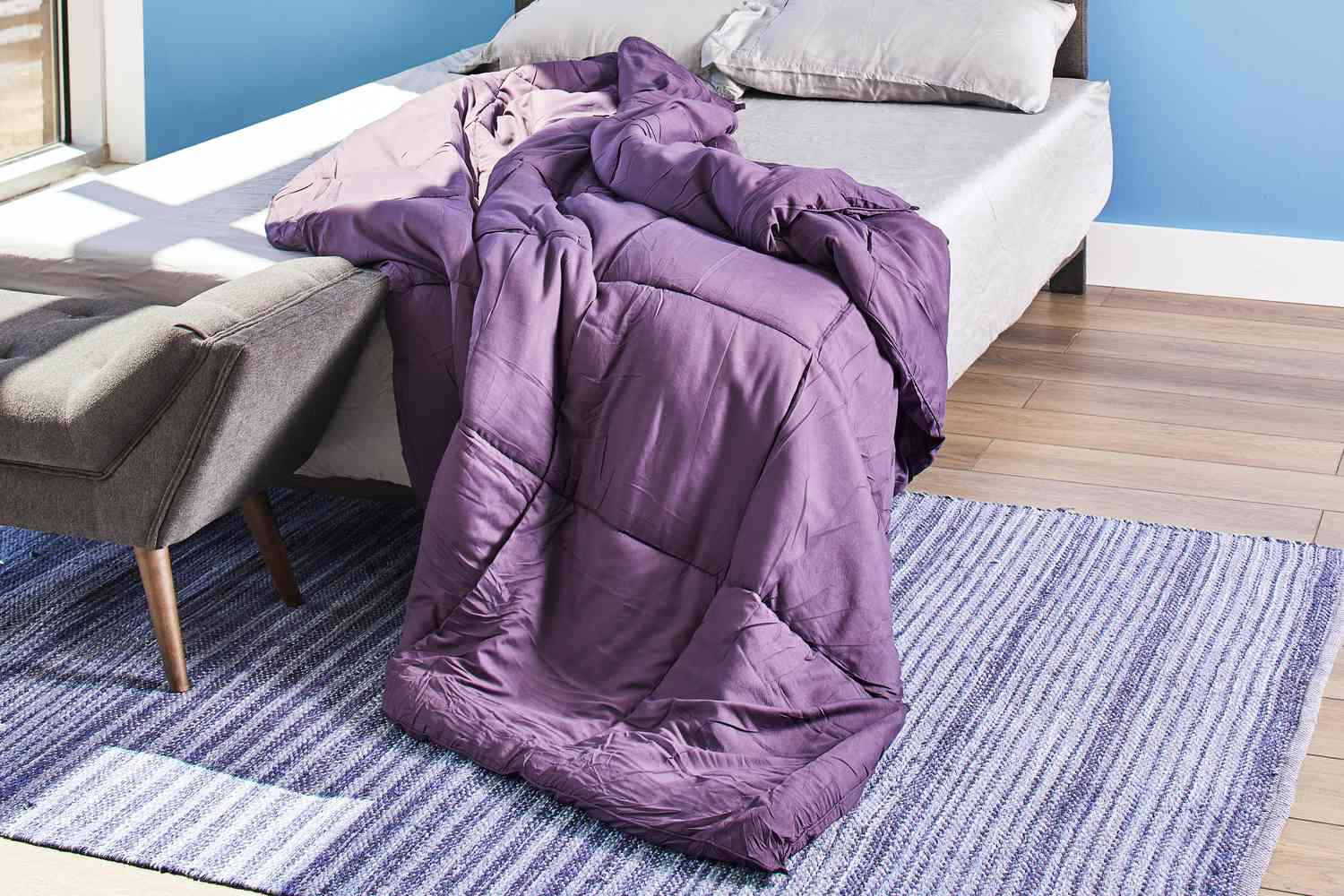

0 thoughts on “What Is The Difference Between A Humidifier And A Dehumidifier”